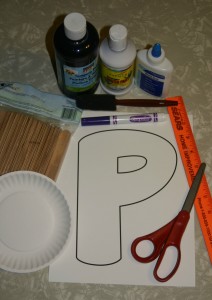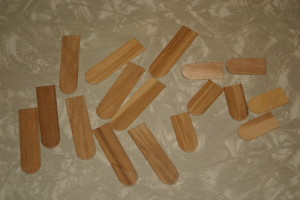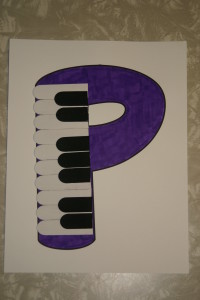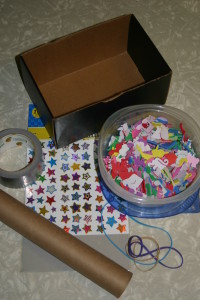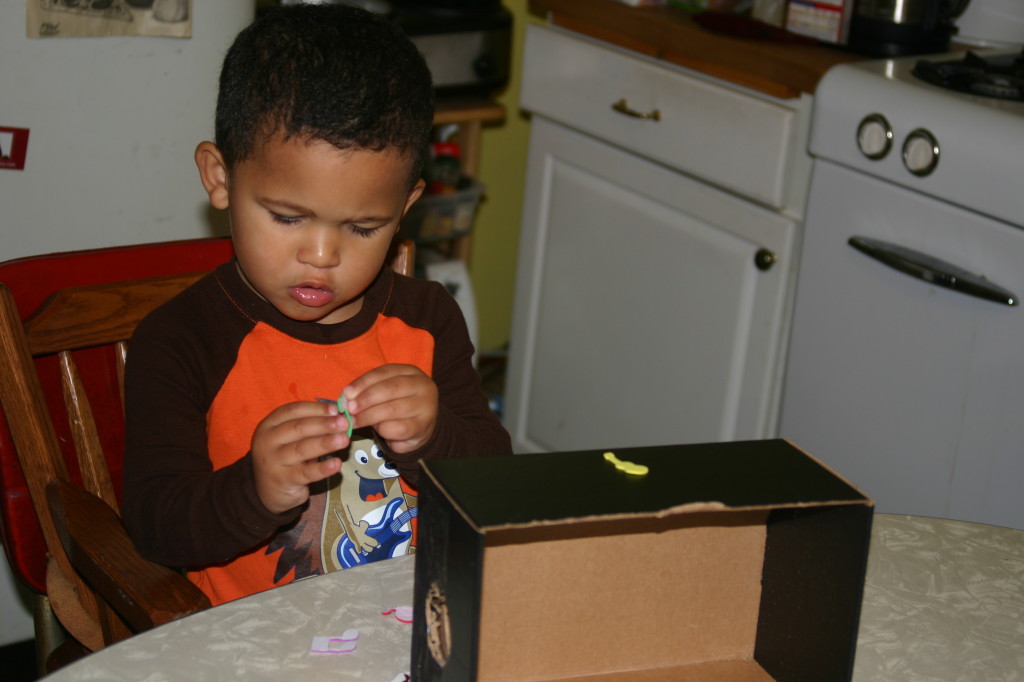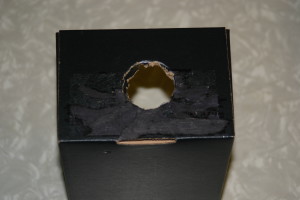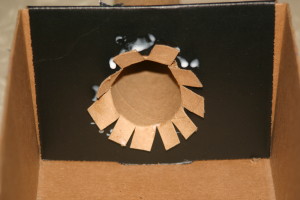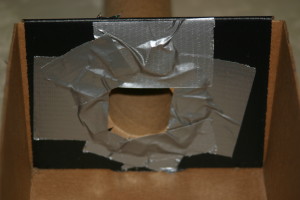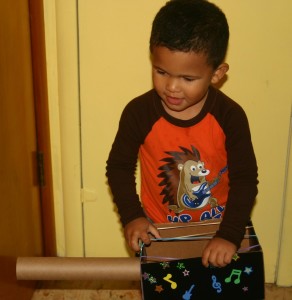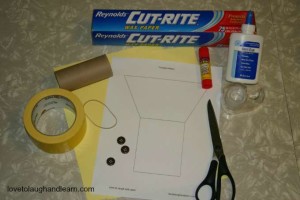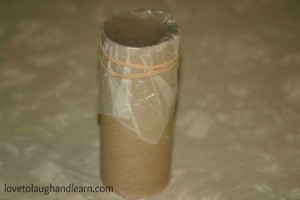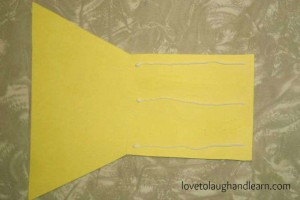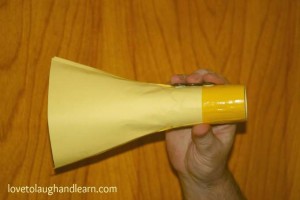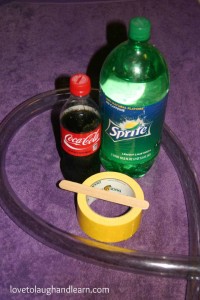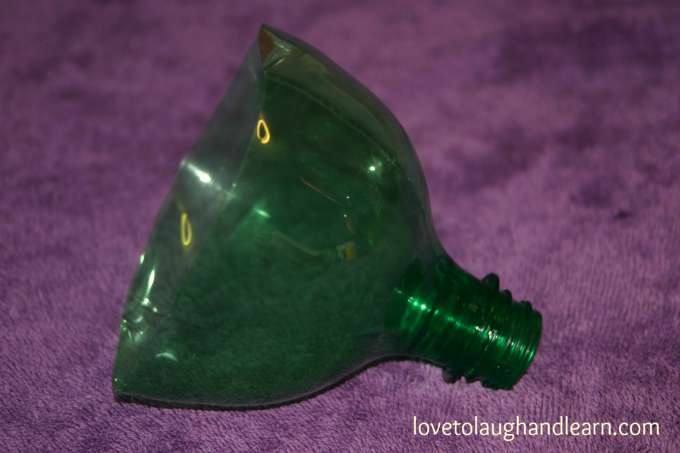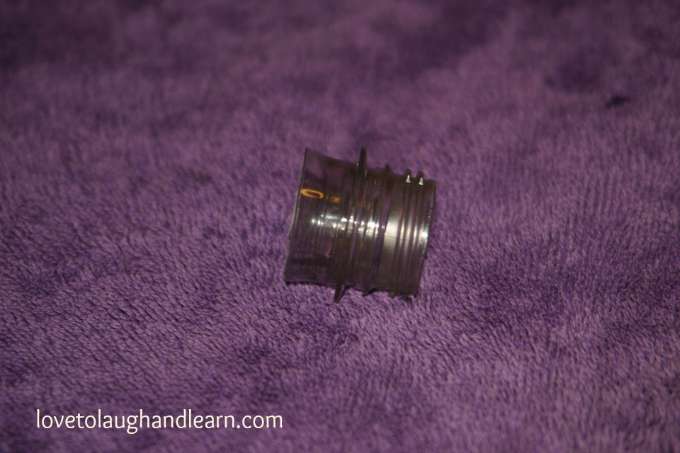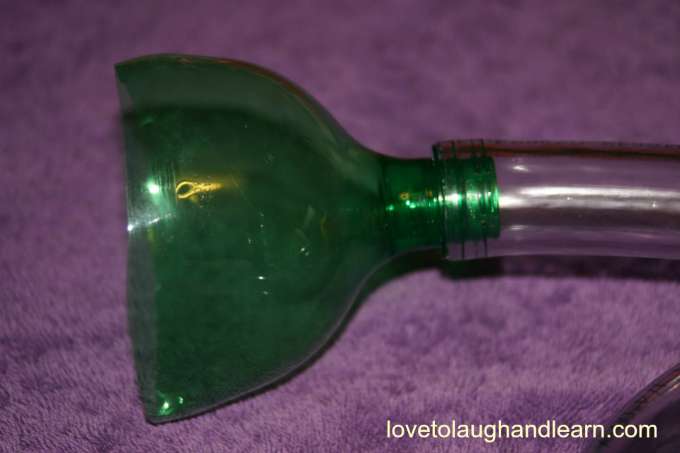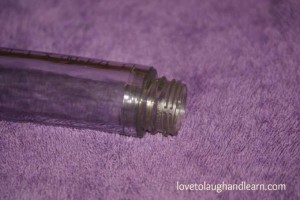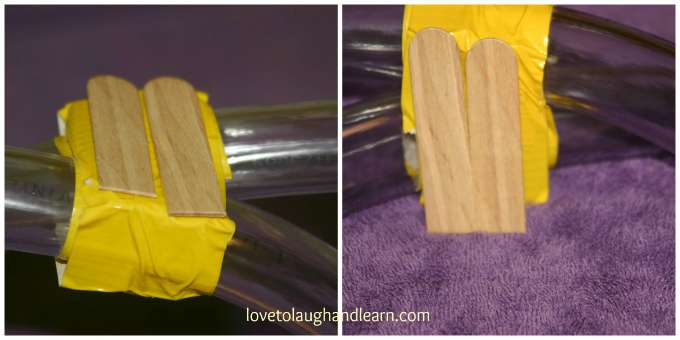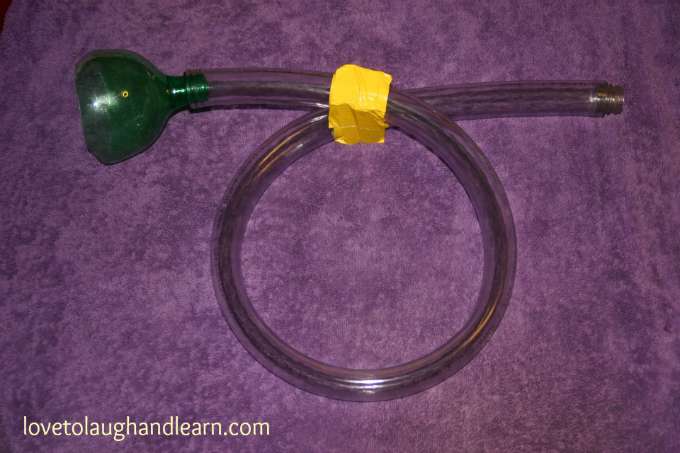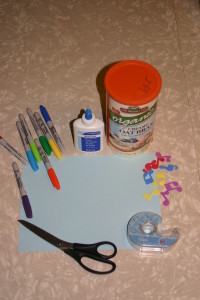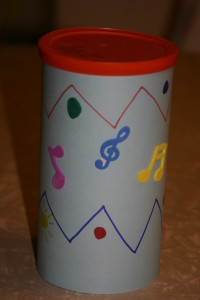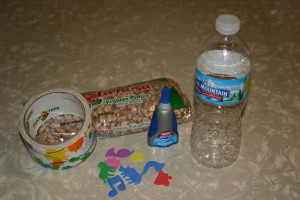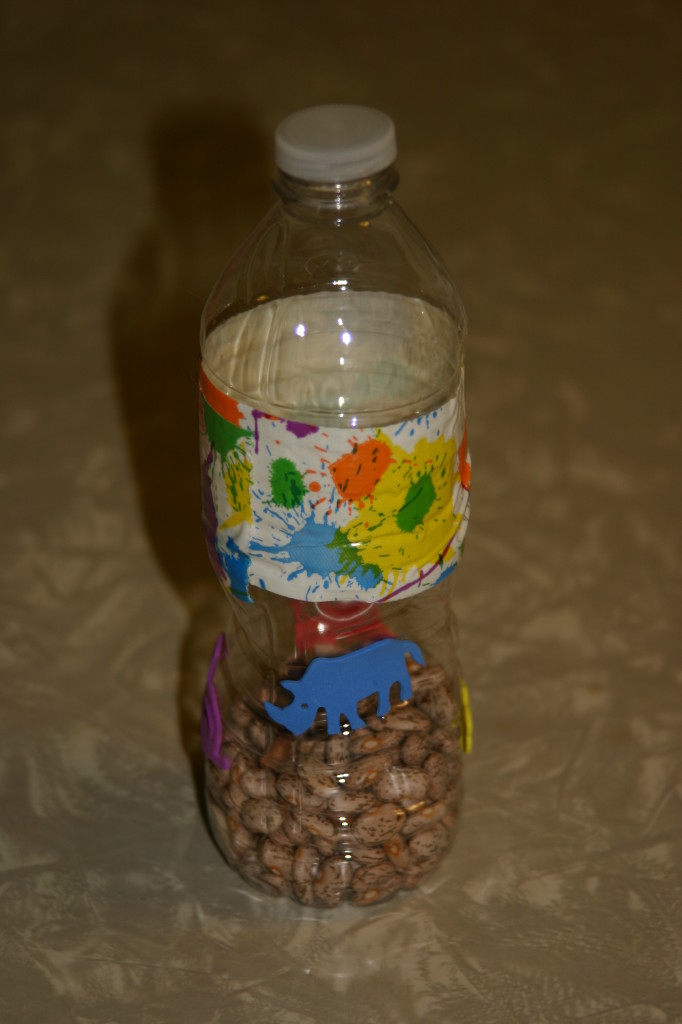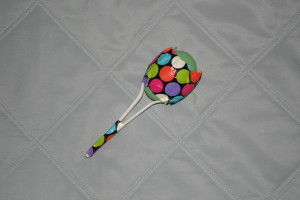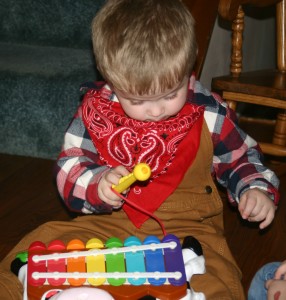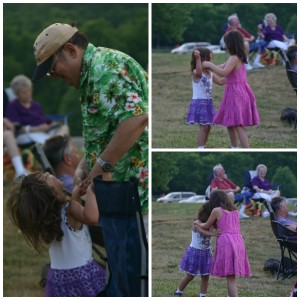Fun with Music: Keyboards
This post, “Fun with Music – Keyboards”, is written in collaboration with Shannon Wijnker, who used to blog on Mamamusing. Shannon is a music teacher and mother of four.
There is a debate going on among musicians, both amateur and professional, as to whether a piano is a string instrument or a percussion instrument. Although a piano has strings in it, the sound is made by little hammers striking the strings. The definition of a percussion instrument is “a musical instrument (as a drum, xylophone, or maraca) sounded by striking, shaking, or scraping”. So what do you think? This might be a fun survey for your child to do with family and friends. Teach them how to make a chart from their findings.
When exploring keyboards remember there are other instruments besides the piano. In the keyboard category there are also organs, electric pianos, harpsichords, accordions and so much more. Lets have fun experimenting with keyboard instruments.
Playtime
Craft
Musical Outings
Story Time
Related Posts
Shannon shares with us:
One of the most popular instruments is the piano. Every parent wants to play it and every parent hopes that their child will learn. So we sign them up for piano lessons and at first everything is going well. But then the children are expected to practice. Repetition isn’t fun and all of a sudden the piano is not as fun as it used to be. Sound familiar?
Don’t get me wrong – I am all for children taking piano lessons, but I have encountered way too many children who are forced to take lessons because they had displayed an interest in learning, but have since fallen out of love with the idea.
Many parents ask when it is a good age to start teaching children the basics of piano. My answer – it’s never to early to let them play and explore. Structure can come later, and I’ll talk about that in a second. I have a piano in our house and it is located in the playroom. My girls will experiment by pressing the various keys, making up pretend songs, imitating myself playing the piano and also fooling around with the multitude of timbres (different instrument sounds) available. Here are my two older daughters making up songs at the piano. I have not given them any lessons, they have creatively come up with this setup (the microphone stand) on their own. I encourage their exploration, and leave it at that for now.
There are two streams of thought. Some believe that learning how to play by ear is the best way to go. Others believe that learning how to read notes off a page is other. Neither better than the other, it simply depends on the student. I learned how to read music at an early age and it has served me well. Once your child has learned the basics of reading (kindergarten) they can then grasp the basic concepts of learning how to read music. There are several method books out there which can help guide your child. Just remember that their attention span is not very long and you will be lucky to have them sit and concentrate for 15 minutes. When they are practicing try to split it up into 2 or 3 sessions of about 5 min each. Repetition can be very boring, so look to Pinterest for ideas of how to make their learning (and the repetition which is essential) fun. Click here to see Mamamusing’s Pinterest Board about Keyboards
Playtime
If you don’t have a piano or keyboard at home, for your little ones to experiment with, there are some virtual ones online and apps for your phone. I found Virtual Piano online. It was fun to play around with but not nearly as much fun as getting my hands onto a real piano. I found a toy piano by Melissa & Doug and several toy accordions on Amazon.com that your child could have fun with.
Shannon also suggests:
Besides having a keyboard at home, there are a multitude of keyboard toys on the market: xylophones, floor pianos, keyboards, baby pianos, etc. Just give them the opportunity to explore.
Craft
P is for Piano
Materials needed:
P – Capital Letter (comes from the set Upper Case Stencils (Large) A-Z by Lani)
White cardstock
10 Tongue depressor sized craft sticks
White paint
Black paint
White craft glue
Scissors
optional – crayons or markers
Instructions:
1. On cardstock, print the letter P template letter P template
2. Cut the 10 tongue depressor sized craft sticks to 2 ½ inches.
3. Paint them white.
4. From the scrap pieces of tongue depressor sized craft sticks, cut 7 of them to 1 ½ inches.
5. Paint these 7 pieces black.
6. Spread the white craft glue on the long “stem” side of the letter P. I like to use foam applicators for spreading glue. (The craft sticks will not go all the way from the top to the bottom so you might want to lay them out before you put down the glue just to get an idea of where you want them to end up.)
7. Add glue to the back of the black pieces and lay them out in the pattern of a piano keyboard (3 black keys, the 2 black keys) Refer to the picture if you aren’t sure how a piano keyboard looks. If you have a piano at home have your child look at your keyboard and see if they can figure out how to place the black keys.
*** Other options would be to let your child color or paint the letter P before you glue the piano keys to it. This craft would also be good when learning the alphabet. You can purchase the entire alphabet collection from Lani at Upper Case Stencils (Large) A-Z. This set would be great for crafts, when learning and practicing the alphabet, or to make up games to help with letter recognition.
Musical Outings
In Indianapolis, you can find many places that give free outdoor concerts during the summer. Maybe you have the same opportunities in your area. Outdoor concerts are a great way to introduce your children to live music because they can sit in their own lawn chair, on a blanket or even get up and dance around a little. Expose your children to many types of music. Take the time to talk about what they are hearing, how it makes them feel and the different instruments they are seeing and hearing.
Shannon from Mamamusing wants you to know: “In London, there are several outdoor concerts and festivals in Victoria Park during the summer. One of the best is Sunfest (beginning of July). You can check out a video of my kids enjoying the multicultural music and dancing by clicking here.”
Story Time
Pianos (Music Makers)
by Pamela K. Harris
Reading Level: Ages 6 and up
Your child will gather a lot of interesting information about pianos from this book. For instance, did you know that a piano is sometimes considered a string instrument? Most of the time you can’t see the strings but they are in there. Other people say that a piano is a percussion instrument because little hammers hit the strings to make the sounds you hear. Your child will learn how a piano is made and how it is played. They will hear and see that pianos come in many different shapes and sizes. They will hear about some great musicians that played and wrote music for the piano. The illustrations are pictures of pianos and people playing them. Your child will enjoy learning about pianos while reading this book.
Keyboards (Instruments and Music)
by Daniel Nunn
Reading Level: Ages 4 to 8 yrs old
This book is a great introduction to keyboards, for your young child. It explains the different types of keyboards; pianos, organs and several others. Some keyboards are small enough to carry around and others take up a large part of the auditorium. Have fun helping your child learn about keyboards with this informative but simple book.
Related Posts
Music at an Early Age by Shannon at Mamamusing
Fun with Music: Overview
Fun with Music: Percussion Instruments
Fun with Music: Brass Instruments
Fun with Music: Voices
Fun with Music: String Instruments
